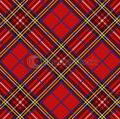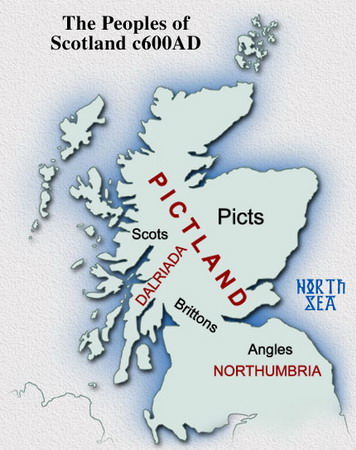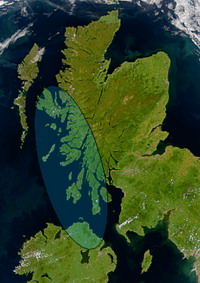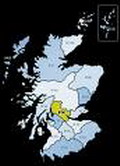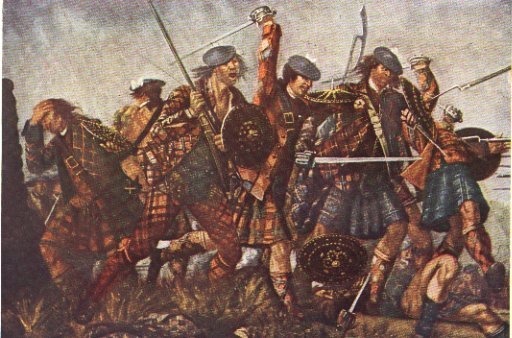|
Tartan in Scotland The Tartan Coat of Many Colors and Joseph This is Page 6 Continued from Page 5 |
8. Tartan in Scotland Contents:Scottish Type Tartan Amongst Non-Israelite Nations Tartan Has National Significance Only in Scotland! What is Tartan? The Ethnic Background of Scotland The Earliest Tartan, Falkirk Wikipedia, Tartan, Extracts Tartan Design and the designation of Rank and Status
Tartan in Scotland Scottish Type Tartan Amongst Non-Israelite Nations Tartan is not unique to Scotland. #Who Says Tartan Is Just For Scots...# by Matthew A. C. Newsome This article shows clothing with a tartan type design as worn by a Spaniard (1300s CE), a modern Bhutanese (on the border of India and China) wearing traditional costume, a Masia warrior (Kenya), and a Japanese prostitute (1800s). Nevertheless only in Scotland has the Tartan design acquired a National Significance! Tartan Has National Significance Only in Scotland! Only in Scotland has the tartan design acquired a national significance. It is universally associated with Scotland. People in Ulster, Britain, the USA, Canada, Australia, New Zealand, South Africa, and elsewhere dress in tartan on ceremonial occasions in order to demonstrate an ancestral association with Scotland and the Scottish. # # That tartan has been found produced outside of Scotland, and from an early date, should surprise no one. Anywhere that people developed the technology to produce woven cloth, they likely also produced some sort of tartan design. After weaving plain cloth, the next logical step to make the cloth more decorative is to weave in stripes. And if the stripes are repeated in both the warp and the weft, you have a simple tartan. But only in Scotland has tartan been taken to such a high art form and imbued with cultural significance. ## WAS THE KILT INVENTED IN AUSTRIA? (NO!) http://www.district-tartans.com/austrian_kilt.html What is Tartan? Someone who has been reading this series of articles might be surprised that we are now asking for a definition of tartan rather than having done so at the beginning. Nevertheless we will see that the question is in place here due to the answer being defined by Scottish usage and not by any other. The Concise Oxford Dictionary defines tartan as: #Woollen fabric with stripes of various colours crossing at right-angles esp. as worn by Scottish Highlanders?[c. 1500, perh. F. OF teretaine, tiretaine] # In fact tartan in the early days was more likely to have been made of linen than wool. For our purposes we assume the term tartan to apply to the design rather than the material. The classical tartan design that we are used to is as shown in the examples below.
In effect however a mainly checkered-type pattern of interpersed colored lines may also be considered tartan: The Gaelic word for tartan is Breacan said to meaning chequered or many-colored. # The original tartans were simple checks of one or two colours, and the dyes came from plants, roots, berries and trees found locally where the cloth was woven. # Source: History of Tartan and Highland Dress
Plaid patterns in a diamond-shape are also considered tartan: The diamond shape is merely a SQUARE PLACED ON ITS SIDE! This may seem obvious but it needs to be said.
At the beginning simple colored lines in Ireland and Scotland served the same purpose as tartan and would have been considered an acceptable variant:
We may therefore re-define tartan as: In other words Tartan is what in Scotland
they say it is or even would once have said though today they might not do so!
In "The Tribes" we analyzed the Geography of Ptolemy concerning Scotland along with other sources. We found the Caledonians from Gilead of Manasseh along with other elements pertaining to different Israelite Tribes. Ultimately Manasseh was to dominate Scotland alongside the Tribes of Ephraim, Asher, Dan, Zebulon, and others.
THE ROMAN COIN HOARD AND THE FALKIRK TARTAN http://www.falkirklocalhistorysociety.co.uk/home/index.php?id=131 ## The piece of cloth is assumed to have closed off the mouth of the red pottery vessel. Although small, it is of a type known as weft-woven (or dog-tooth) check in woollen fabric. Northern Europe was famous in the Roman world for its check-patterned cloth (Latin scutulata) and this fragment exemplifies this technique. It has two tones of yellow and brown colour and is generally acknowledged to be the earliest extant example of tartan, now known as the 'Falkirk Tartan'. ## Falkirk is in the central North of Scotland. This type of tartan was also worn by shepherds from English Northumberland near the border with Scotland.
We see from here that in Roman Times Northern Europe in general was known for its tartan-type patterns that were not then considered unique to Scotland. We also learn that such patterns were used in Scotland from the earliest times. We then hear nothing of tartan until 1538 when a quantity of 'Heland tertane' (Highland Tartan) was ordered on behalf of King James-v of Scotland. After that several references occur. Despite the find from Falkirk of an early type of tartan dating from ca. 230 CE Tartan as we know it in effect is first reported mainly from the Western Highlands and Islands. It may be that the use of tartan as a mark of self-identification reached Scotland (or was reinforced in Scotland) from Ireland together with the Scottii. [This is discussed in the next article in this series: Tartan in Ireland and Ulster] From the beginning different patterns of tartan belonged to different areas but the definite allocation of certain designs to specific clans and families may have been a later development. Wikipedia, Tartan, Extracts ## It isn't until the late 17th or early 18th century that any kind uniformity in tartan is thought to have occurred.[17] Martin Martin, in his A Description of the Western Islands of Scotland published in 1703, wrote that Scottish tartans could be used to distinguish the inhabitants of different regions. He expressly wrote that the inhabitants of various islands and the mainland of the highlands were not all dressed alike, but that the setts and colours of the various tartans varied from isle to isle.[note 4] As he does not mention the use of a special pattern by each family, it would appear that such a distinction is a modern one, and taken from the ancient custom of a tartan for each district, the family or clan in each district originally the most numerous in each part, eventually adopting as their distinctive clan tartan, the tartan of such district.
##The most effective fighters for Jacobitism were the supporting Scottish clans, leading to an association of tartans with the Jacobite cause. ... [James is a Latinized version of the name Jacob. James-ii of the House of Stuart and monarch of England and Scotland was deposed and replaced by his daughter and her husband, William of Orange. The descendants of James made several attempts to regain the throne. Their supporters were known as Jacobites. ] ## By the 19th century the Highland romantic revival inspired by James Macpherson's Ossian poems and the writings of Walter Scott led to wider interest, with clubs like the Celtic Society of Edinburgh welcoming Lowlanders. The pageantry invented for the 1822 visit of King George IV to Scotland brought a sudden demand for tartan cloth and made it the national dress of the whole of Scotland rather than just the highlands and islands, with the invention of many new clan-specific tartans to suit. Tartan Design and the designation of Rank and Status In Assyrian inscriptions, the word "tartan" denotes a person of high rank second to the monarch. Joseph was also second to Pharoah. The Hebrew expression "cotonet pasim" is found too in 2-Samuel 13:18 and translated as "garment of diverse colours". The verse says, "And she had a garment of diverse colours upon her; for with such robes were the king's daughters that were virgins appareled.." ( 2-Samuel 13:18).
Based on this verse and on the Coat of Joseph (Genesis 37:3) the Jewish Commentators Nachmanides,
Ralbag (Gersonides 1288-1344), HaNatziv, Sforno, Daat Sofrim, Daat Mikra,
and others opined that "cotonet pasim" was a garment denoting
royalty. |
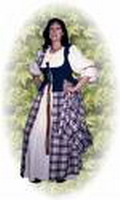
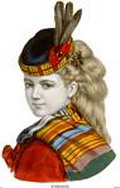


|
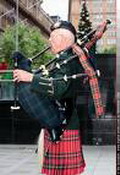
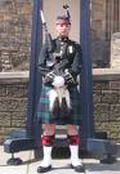

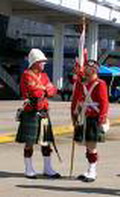





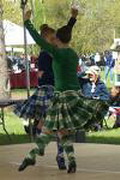




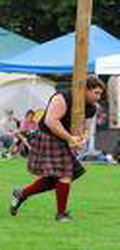
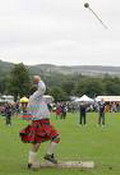


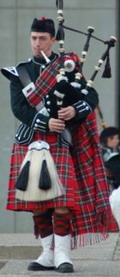
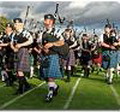
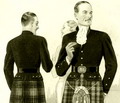
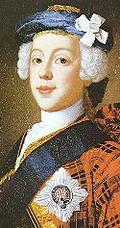
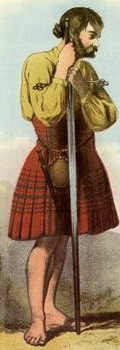






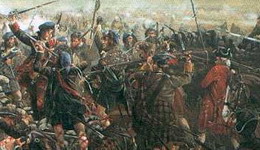
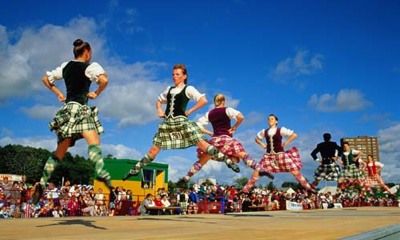
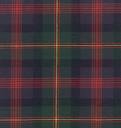





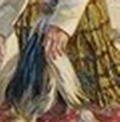
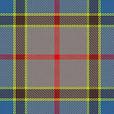
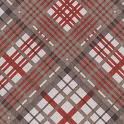 nbsp;
nbsp;
 nbsp; nbsp;
nbsp; nbsp;
